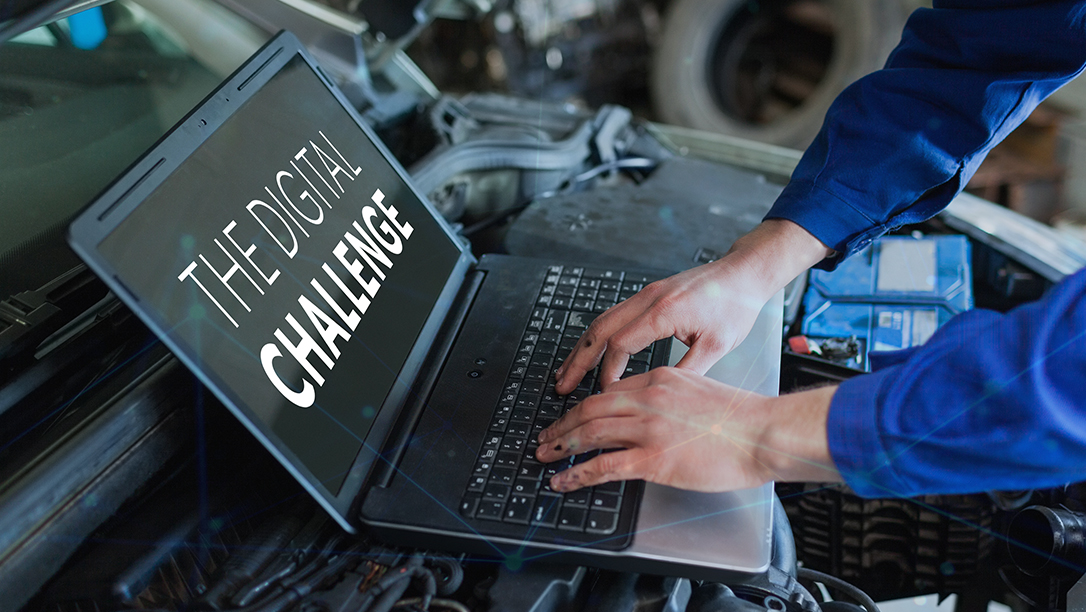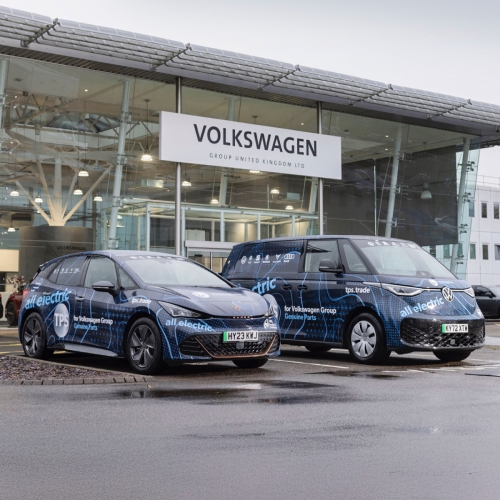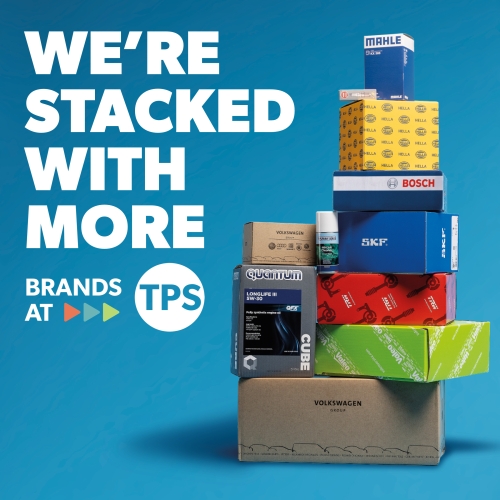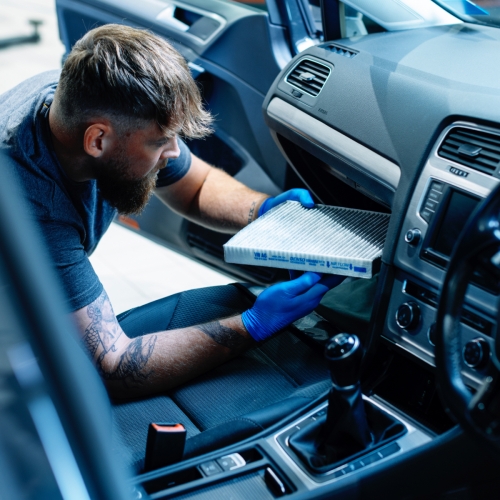The move towards greater vehicle digitalisation is presenting new challenges for independent workshops. Curtis Hutchinson reports
Increased digitalisation is driving current and future vehicle technology and is impacting the way cars are serviced and maintained in the independent sector.
While access to on-board diagnostics has enabled independent garages to accurately identify faults, newer generation cars are connected to the internet enabling this data to be accessed and analysed remotely.
The level of standard car connectivity is growing exponentially with new cars bundled with digital technology linking the car and the user to the internet.
Digitalisation may have been a slow burn in the automotive sector but is now accelerating on a wave of consumer demand and regulatory requirements.
Counterpoint, the global industry analysts, forecasts the international connected car market will grow 270% by 2022 when more than 125 million vehicles, with embedded connectivity, are expected to be on the road.1
This growth will be largely powered by European sales following the mandatory fitment of eCall, the automated emergency call system, on all new models type-approved for sale in the EU since April 2018.
Meanwhile, for car buyers currently speccing their next purchase, connected car features have already shifted up the list from ‘nice to have’ to ‘must-have’, with analysts McKinsey & Company finding 40% of car owners saying they would actually switch to another marque for better connectivity.2
This consumer demand will accelerate the move towards connectivity especially with millennials, who have grown up with digital technology, expected to represent more than 45% of the potential car-buying cohort by 2025.3
With this increased level of OEM-led connectivity, the challenge facing independent workshops is how to future-proof their businesses by delivering competitive servicing and repair solutions.
According to Frank Harvey, Head of Member Services at the Independent Garage Association (IGA), the sector has evolved and is embracing digitalisation.
“The challenge for independent garages is the vehicle-to-OEM interface as most new cars now come with an embedded SIM card which is constantly transferring data online. Under Block Exemption regulations independent garages are entitled to have access to this data because doing so gives customers greater choice when it comes to servicing and repair work.”
However, the repair process is often complicated by the software features put in place by OEMs to ensure vehicle security.
Since 2016 the IGA has been promoting the SERMI (SEcurity related Repair & Maintenance Information) standard which forms part of ISO-18541 and is the process by which garages, able to meet the strict requirements of the scheme, will be accredited. The standard will ensure independents are able to access to all areas of OEM technical information, including data related to the security of the vehicle.
In a typical scenario, SERMI will enable independents repairing a car where the airbags have been deployed, which has in turn triggered the doors to be unlocked, to access the security code to reprogramme the ECU and reset the vehicle systems.
“SERMI aims to create a level playing field for independent garages and allow everyone who is accredited to access all security information from all vehicle manufacturers.”
According to Harvey the digitalisation process is being helped by an increase in tech savvy owners in the sector.
“In family-run businesses we’re seeing second and third generation garage ownership coming through. These new managers have grown up with new technology so it doesn’t hold the same fears as it may have for previous generations; they tend to be open-minded and see it as an opportunity.
“They know they must look after existing customers and attract new ones, while all the time customers are changing cars for newer models with connected technology and these systems need to be maintained. The independent garage sector is starting to see these cars in greater volumes and garage owners realise they need to tool up and train for it now; it’s not happening in five or ten years’ time, it’s happening right now,” he said.
Meanwhile, Harvey confirmed independent repairers were quick to adapt to the regulatory demands of GDPR (General Data Protection Regulation) which came into force in May 2018 and safeguards customer data.
“For many independents GDPR compliance did not necessitate massive changes. Many already had good systems in place and found it was a matter of making sure they had the basics covered.”
Furthermore, the rules have sharpened up both online and offline processes.
“A major change was making sure that customers were given the option of opting out of marketing. We also did a lot of work to remind garages running physical diaries for bookings to not leave them on reception desks but make sure they are locked away."
The sector had already learnt a lot about good data protection processes from the implementation of PCI DSS (Payment Card Industry Data Security Standard). Harvey said the card payment companies were supportive during its rollout and ensured garages had the correct terminals for their needs.
“When it comes to embracing new car technology and new regulatory processes, independent garages are a lot more adaptive than perhaps they are given credit for. This is a dynamic and fast-changing sector and the best independents are continually looking at ways of providing customers with a highly professional service no matter how complex their cars are becoming."
Recalibrating after ADAS repairs:
More than 4 million vehicles on the road today, over 10% of the car parc, are fitted with Advanced Driver Assistance Systems (ADAS), according to Thatcham Research, the independent body which promotes vehicle safety, security and repairs.4
Although ADAS is a common feature on nearly all new cars, there has been a lack of clear information on how to approach the repair of these safety-critical systems, especially for independent garages.
Thatcham Research recently stated if ADAS sensors, or parts that are in proximity to ADAS sensors, are included in a repair specification, calibration post repair must be completed to confirm sensors are functioning to the vehicle manufacturers’ specified tolerances.
“The whole industry needs to work together to make sure ADAS repairs are safe and vehicles are returned to the road quickly and efficiently,” said Richard Billyeald, Thatcham Research’s Chief Technical Officer.
“Equipment suppliers must ensure that verifiable evidence of a successful calibration is provided. Repairers must invest in training to ensure competent persons are reinstating ADAS safely. And vehicle manufacturers must provide ADAS fitment data and consistent advice around which repair scenarios will result in successful ADAS calibration.”
Curtis Hutchinson is a motoring journalist and former editor of Motor Trader and Company Car.
Sources
1 Counterpoint, April 2018, 125 Million+ Connected Cars Shipments by 2022 https://www.counterpointresearch.com/125-million-connected-cars-shipments-2022-5g-cars-2020/
2 McKinsey & Company, December 2018, Profiling tomorrow’s trendsetting car buyers https://www.mckinsey.com/industries/automotive-and-assembly/our-insights/profiling-tomorrows-trendsetting-car-buyers
3 McKinsey & Company, March 2019, Driving the automotive customer experience toward the age of mobility https://www.mckinsey.com/industries/automotive-and-assembly/our-insights/driving-the-automotive-customer-experience-toward-the-age-of-mobility
4 Thatcham, May 2019, Thatcham Research Brings Clarity to ADAS Repair, https://www.thatcham.org/thatcham-research-brings-clarity-to-adas-repair-2/




